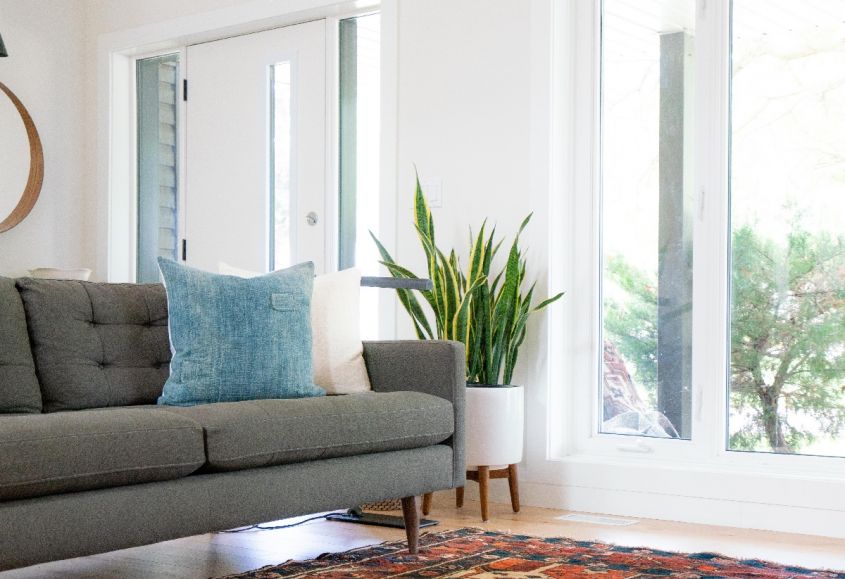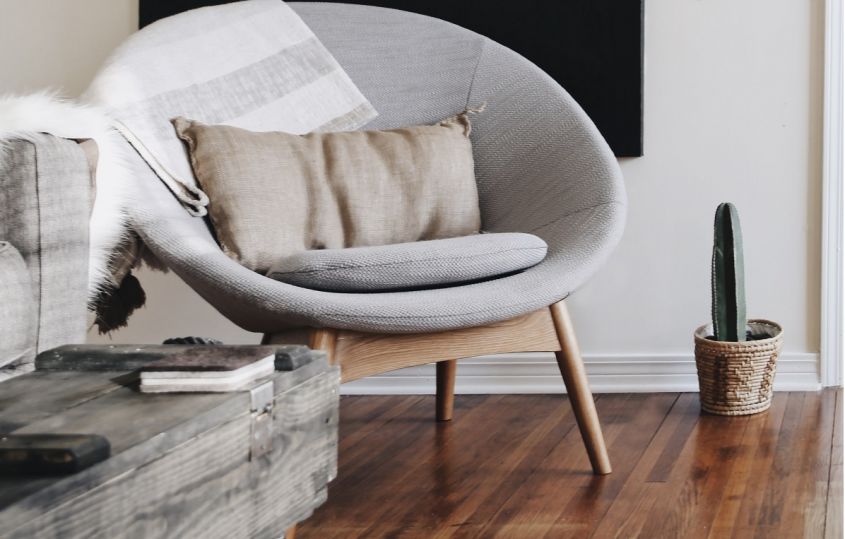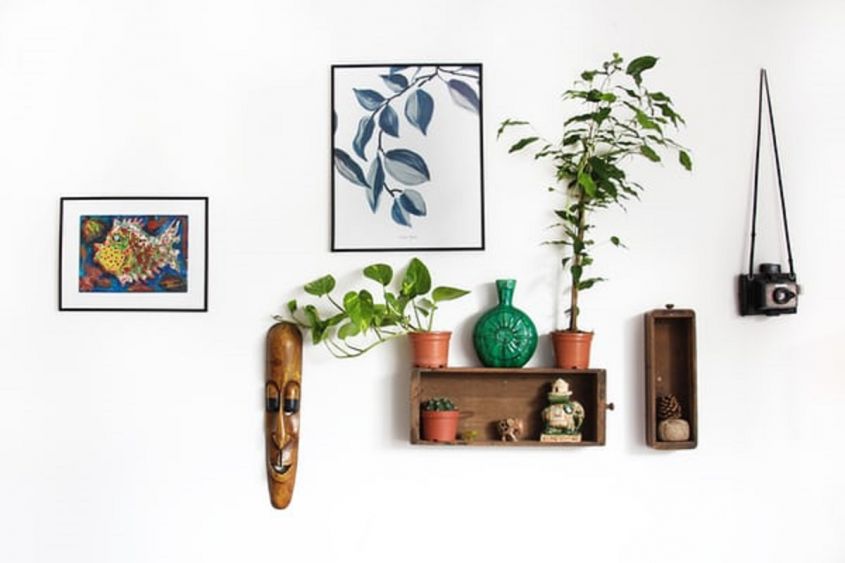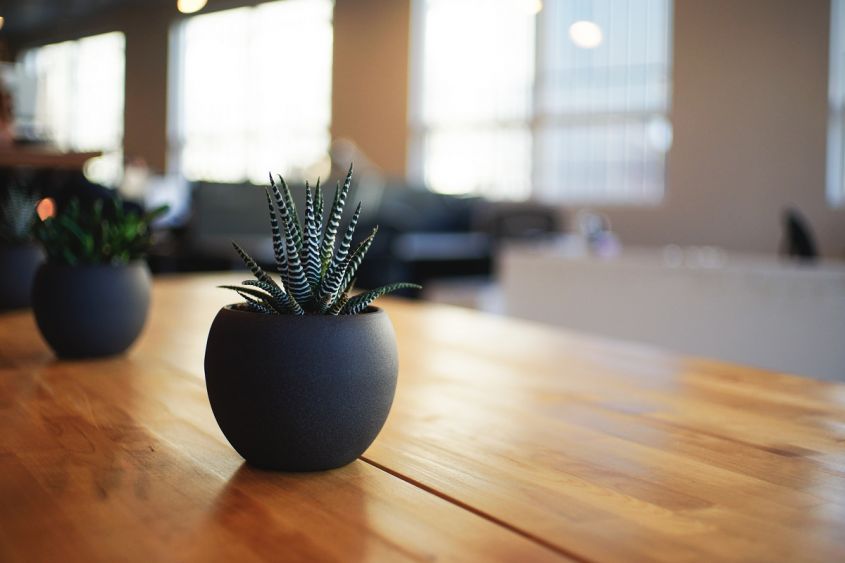It is now well established that stress is a distinctive feature of contemporary life, but this does not mean that we must allow ourselves to be passively overwhelmed by it. There are many ways to go to stem anxiety and feel more serene: and one of these is to create a space that can relax and calm us down!
Let in natural light
The value of natural light should not be underestimated. A source of natural light gives the space a sense of calm and serenity that is otherwise difficult to achieve. In terms of artificial light, led lamps offer a soft and warm light for the evening, while lampshades and floor lamps help create a focal point in the room, perhaps next to that armchair on which you love to relax.
 Photo Unsplash | Ryan Christodoulou
Photo Unsplash | Ryan Christodoulou
Pay homage to the surrounding nature
Nature is known to have a calming effect on mood, and although we spend much of our life indoors, the outdoors affects our experience of being and feeling at home. If we are lucky enough to have a garden, we open the curtains and allow nature to enter our visual horizon.
Choose a soft color palette
Color not only helps create an atmosphere that binds and holds a space together, but it can also prove to be one of the simplest tools for manipulating the mood within a space. For example, if bright colors are energizing, soft colors have incredible calming power.
 Photo Unsplash | Josh Hemsley
Photo Unsplash | Josh Hemsley
Functional spaces are serene spaces
One of the fundamental principles of design is to create a space that is functional as well as aesthetically pleasing. In fact, since a functional design facilitates everyday life, it also manages to give an unprecedented sense of calm to the space.
Keep in order
Inaugurated by the Japanese writer Marie Kondo, thehome decluttering is the new philosophy of the house: a strategy not only to keep the rooms in order, but also to clean them of negative energies. In short, it means eliminating all that we consider useless, outdated and unusable, to give new order to domestic spaces.
 Photo Unsplash | Manja Vitolic
Photo Unsplash | Manja Vitolic
Engage the senses
Scents, sounds and touch – all of these elements can promote calm and are just as important as the visual design of a room. The texture of a fabric, for example, always helps to create a richer experience, because it engages our sense of touch and requires our brain to slow down to focus on the tactile experience.


